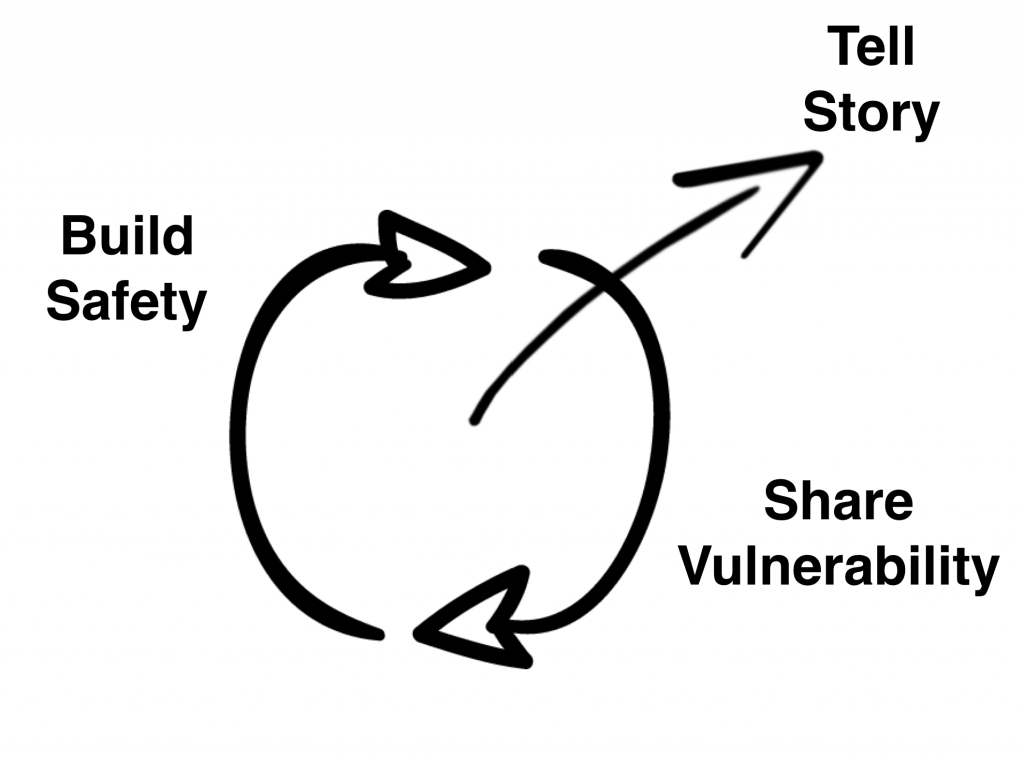You already know that culture is the single most powerful force driving your group’s performance. The real question is, how does it work? How do you make your group’s culture better? How do you fix one that needs strengthening?
The answer, as with so many other big questions, lies in the mental models we use.
The traditional mental model is that culture is “the soft stuff” — a special, nuanced set of traits and character that groups possess. If you diagrammed this model on a whiteboard, you would create something like this:

This approach feels logical, but it brings a problem: There’s no how. It’s essentially a bunch of fuzzy, warm concepts mixed together in a fuzzy, warm cloud. This model is the reason why we find culture-building so mysterious and frustrating. When faced with a culture problem, this model offers no solutions, no plans, and no process.
There’s a better way. It’s called a behavioral model of culture, and it’s what my new book is about. Here’s how it works, in three steps.
Step 1: click this video:
These starlings represent the ultimate in group performance: cohesive, cooperative, agile. They do not possess “soft skills” of any kind; after all, their brains are the size of a grain of rice. But they can perform like this because they are good at one thing: paying continuous attention to small signals of connection, space, and direction.
Step 2: Stop thinking in terms of “values” and “mission” and “accountability,” and all those other warm, fuzzy terms. Instead, start thinking like a starling. Think about your group’s culture as a continuous set of three fundamental signals:
1) we are safely connected
2) we share accurate information
3) we know which way to move
Seen through this lens, culture is not about soft stuff — it’s about signaling. Because human brains are incredibly good at perceiving signals that we are safe (or not); whether we are being vulnerable by sharing accurate information (or not), and whether we are moving in the same direction (or not). In other words, culture is not a set of traits — it’s a signaling contest. Improve your signals, improve your culture.
Step 3: Replace your old model with this:

The three signals work together: safety and shared vulnerability reinforce each other, combining to create ever deeper connection; story provides the direction, the purpose. More important, this model provides the how — a way to solve problems.
Having problems with belonging/engagement? You should focus on flooding the zone with signals of safety and connection. Have a problem with giving good feedback and sharing the truth? Focus on signaling vulnerability and openness. Have a problem of choosing between competing priorities? Focus on filling your peoples’ windshield with signals of the group’s story and purpose. Your group’s culture doesn’t depend on who you are; it depends on what you do.
Culture isn’t magic. It’s about tuning into a series of small moments that send powerful signals: You are safe. We share risk here. We are headed this direction.
